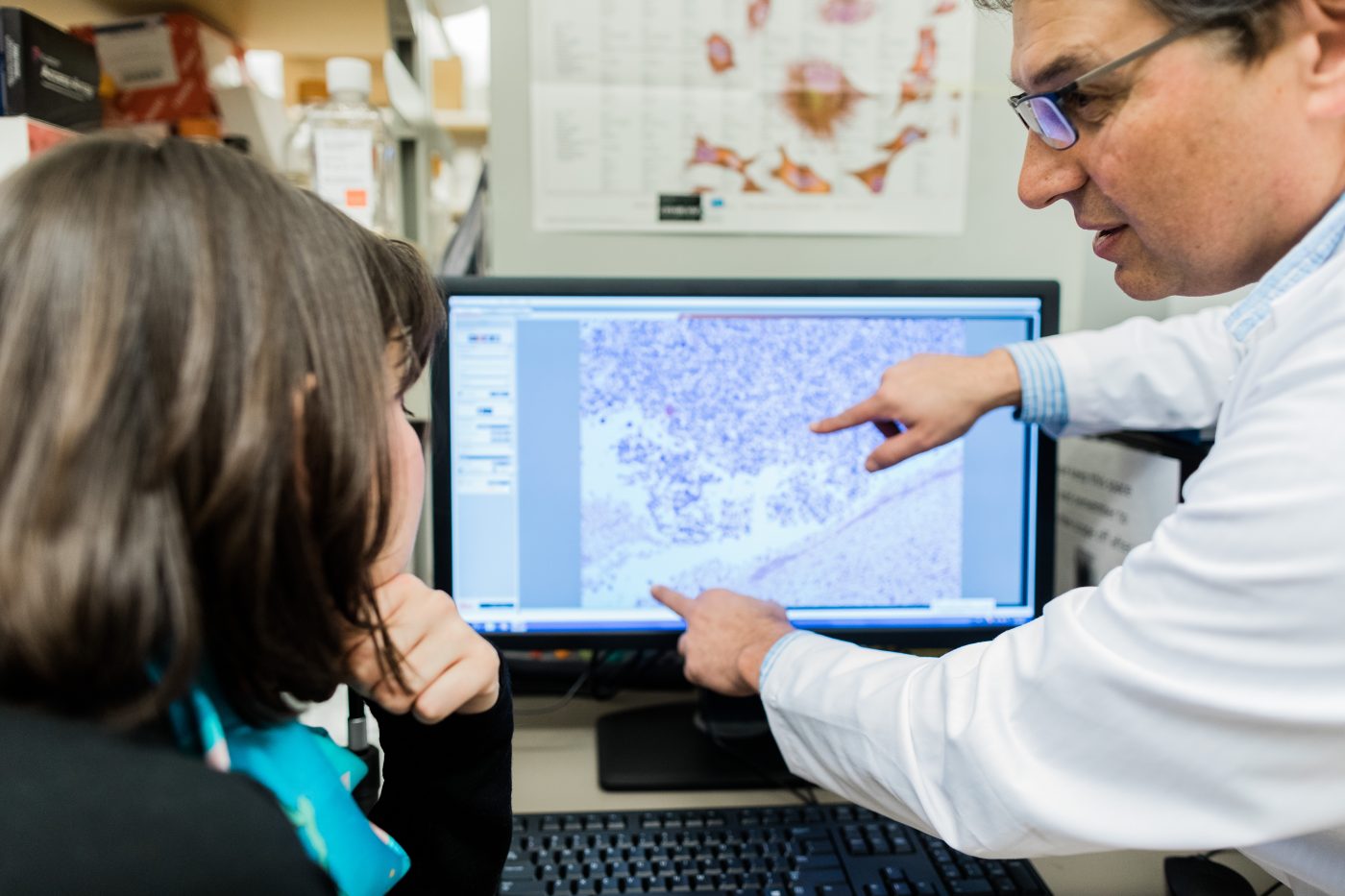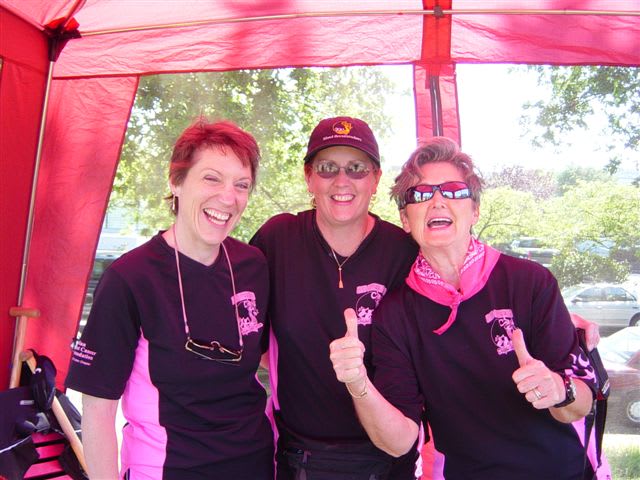A Mix of Influences: Building a Career in Cancer Research and Care
May 7, 2014
Found in Access, BC Cancer - Victoria, Breast Cancer
Hello, I’m Dr. Peter Watson, a pathologist, scientist, and biobanker based at the BC Cancer Agency in Victoria.
What influenced me to pursue all these three ‘professions’? Well, the answer is a mix of influences, both genetic and environmental: I come from a family with strong ‘traveling’, ‘medical’ and ‘natural sciences’ genes reinforced over several generations. The ‘Watson’ clan is of course from the Scottish lowlands, but by the second half of the 1800s my forbears were sailing clipper ships across the globe. By the 1900s they were designing dreadnaughts, navigating submarines, and traveling in China, providing medical care. On the other side of my family there are several biologists and research scientists.
By the time I began medical studies at Cambridge and St Thomas’s Hospital London in the UK I had lived in five countries on three continents. So it was a natural progression that I would find myself traveling, first to Manitoba, and then many years later moving west to join the BC Cancer Agency in 2005.
So if science and medicine is in my genes, what environmental factors and mentors also influenced my decisions? I originally applied to university to study natural sciences but before starting as an undergraduate, I worked for a year as an auxiliary nurse in a local hospital. This made me think hard about considering medicine as a career.
While in my final year studying natural sciences at Cambridge, I enrolled in a course run by a group of veterinary pathologists. This course focused on animal and other organism infections that can be transferred from animals to humans (so called zoonoses). This fascinated me and is what originally what interested me about Pathology as a discipline.
At medical school, many of my tutors also happened to be pathologists. Their description of what they did persuaded me that pathology was the best discipline to pursue within medicine if you wanted to combine both clinical practice and basic biological research. This of course is not absolutely correct, but they did a great sales job!
My traveling gene, the uncertain career prospects in the UK at the time, and my marriage to a Canadian all combined together with three episodes of serendipity (stories too long for this blog!) and I found myself a resident training in anatomic pathology at the University of Manitoba. There I had many key mentors (including Drs. Ian Carr, Drummond Bowden, and Bill Orr) who all helped me develop my basic skills as a pathologist and along with Dr Bob Shiu, my interest and skills as a scientist.
By 1993 I had been training for 18 years since starting as an undergraduate at university and, fun as training is, it was finally time to combine clinical practice as a pathologist with building my own research program as a clinician-scientist.
This has certainly been a rewarding combination. Early on I began to focus on the problem of breast cancer, influenced by and benefiting from the support of my closest research colleagues, including Dr. Leigh Murphy, and also concentrated my pathology practice to specialize in breast cancer diagnosis. As my clinical and research experience developed I also became drawn to building biobanks.
More on these three aspects of my work in my next blogs!
Peter

Fuel Hope for Thousands of Families Across B.C.
Help advance innovative breast cancer research and accelerate access to life-saving care for British Columbians facing cancer.
Donate Now

